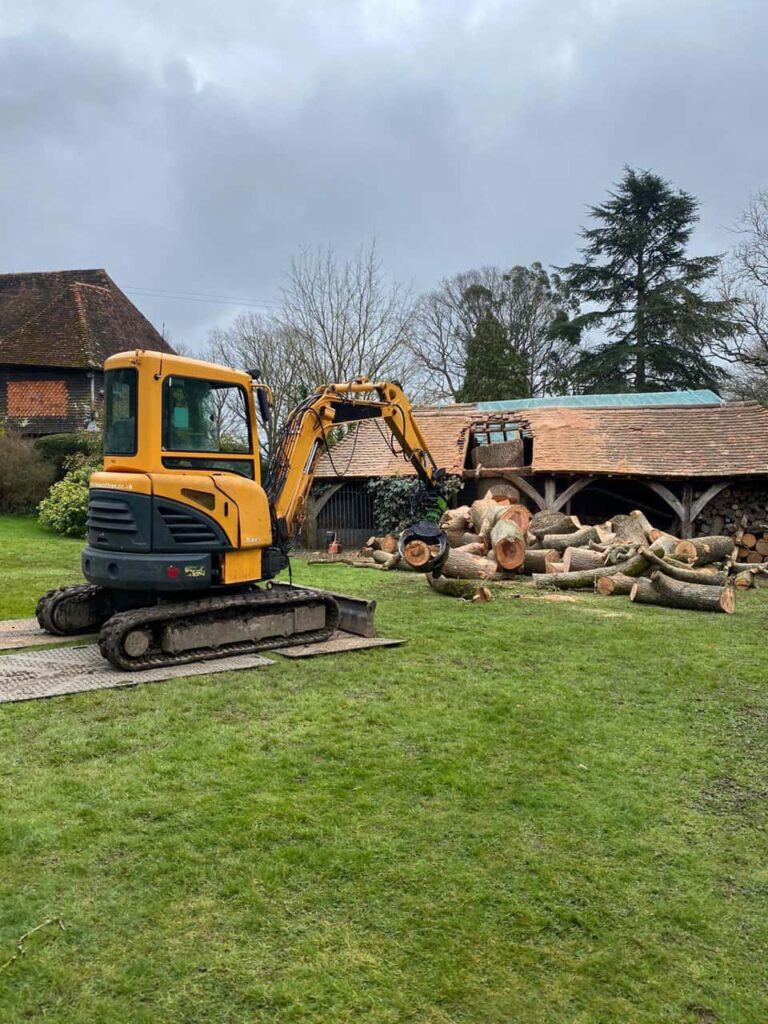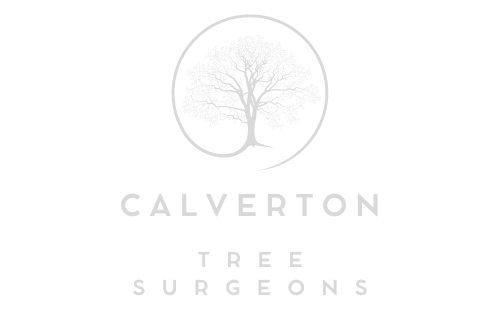How to Prevent Patchy Growth After Hedge Cutting
Introduction
A neatly trimmed hedge adds elegance, privacy, and structure to any garden. However, if you’re not careful with how it’s cut, you can end up with an uneven appearance or patches where regrowth is sparse—or even completely absent. Patchy hedge growth is a common issue that many homeowners in Calverton face after hedge cutting, especially if the hedge has been over-pruned, cut at the wrong time of year, or maintained irregularly.
At Calverton Tree Surgeons, we regularly work with clients across Nottingham to restore and maintain healthy, dense hedgerows. In this article, we’ll share practical tips to help prevent patchy regrowth and ensure your hedges stay full, green, and thriving throughout the year.
Understand the Growth Habits of Your Hedge
Not all hedges are created equal. Different species have distinct growth patterns, tolerance levels to pruning, and seasonal requirements. For example, conifer hedges like Leylandii can be unforgiving if cut back too hard, while beech and hornbeam recover more easily.
Know your hedge type:
- Evergreens (e.g., yew, box, holly): Best trimmed lightly and more frequently
- Deciduous (e.g., hawthorn, hornbeam): Tolerate heavier cuts during dormancy
- Fast-growers (e.g., Leylandii): Need regular trimming to prevent stress
Before you start, make sure you understand what species you’re working with. The wrong approach can set back regrowth for an entire season—or more.
Avoid Cutting During the Wrong Season
One of the biggest causes of patchy regrowth is trimming at the wrong time. Cutting too late in autumn, for example, may leave new growth exposed to frost. Likewise, pruning during the bird-nesting season (March to August) isn’t just potentially harmful to wildlife—it can also disturb the hedge’s natural growth cycle.
Best times to cut:
- Late winter to early spring for formative cuts
- Mid to late summer for maintenance trims
- Avoid peak heat or frost periods, as extreme temperatures stress plants
At Calverton Tree Surgeons, we tailor our scheduling to suit both the hedge species and the climate conditions specific to Nottingham’s seasonal changes.
Don’t Over-Prune Into Old Wood
Another common mistake is cutting too far into the hedge, beyond the green foliage and into the brown inner wood. Many species won’t regrow from old wood, leaving large holes that either take a long time to recover or don’t recover at all.
To prevent this:
- Trim only the fresh green growth unless the hedge is being fully renovated
- Keep cuts shallow and even across the face
- Shape the hedge slightly wider at the bottom to allow sunlight to reach all levels
If your hedge has already been over-pruned, recovery can take several years—if at all. This is where professional advice becomes essential.
Feed and Water After Cutting
Hedge cutting is a shock to the plant, and without proper aftercare, recovery may be slow and uneven. Feeding and watering play a key role in encouraging strong, consistent regrowth.
Post-cut care tips:
- Water well after cutting, especially during dry spells
- Apply a balanced slow-release fertiliser to support root strength
- Consider mulching around the base to retain moisture and suppress weeds
Healthy roots lead to healthy shoots. A well-nourished hedge is much more likely to fill in any gaps quickly and evenly.
Keep Tools Sharp and Clean
Using blunt or dirty hedge trimmers can leave ragged cuts that don’t heal properly, making the hedge more prone to disease and uneven regrowth.
Maintenance matters:
- Sharpen blades before each job
- Clean tools with disinfectant to prevent spreading pathogens
- Use the right size trimmer for the height and density of the hedge
At Calverton Tree Surgeons, our team uses professional-grade equipment to ensure smooth, precise cuts every time.
Consistent Trimming Encourages Density
Waiting too long between trims causes hedges to become leggy and sparse. Regular, light trimming encourages bushier growth and prevents open gaps from forming in the first place.
General rule of thumb:
- Trim at least twice per year for most formal hedges
- Fast-growing hedges may need three or four trims annually
- Monitor growth rates to determine your ideal cutting schedule
Regular trimming encourages lateral branching, helping the hedge maintain a dense, uniform shape over time.
Conclusion
Preventing patchy growth after hedge cutting comes down to understanding the species, using the correct timing and tools, and following up with proper care. Whether you’re shaping a decorative boundary or maintaining privacy between properties, every cut matters when it comes to promoting full, healthy growth.
At Calverton Tree Surgeons, we pride ourselves on helping homeowners throughout Calverton and the Nottingham area keep their hedges looking their best year-round. From seasonal trimming to full rejuvenation projects, our skilled team provides expert hedge care tailored to your specific garden and plant needs.
If your hedge is looking sparse or you’re unsure how to approach your next trim, get in touch with Calverton Tree Surgeons today. We’re here to keep your hedges green, full, and flourishing.
Call us on: 0115 647 1154
Click here to find out more about Calverton Tree Surgeons
Click here to complete our contact form and see how we can help with your tree needs.

